John Hurrell – 14 June, 2023
The title of Chinese-Indonesian artist Rozana Lee's show can be translated into English as ‘Once an immigrant, always an immigrant,' presenting ostensibly an unambiguous rejection of cultural assimilation. Such assimilation (when defining a ‘melting pot' identity) is often assumed to be desirable, but here (on closer examination) Lee's views in her films, treated fabrics, written statements and a quoted poem are seen to be more slippery and vacillatory—not totally embracing the identity of a minority ethnicity (Chinese Buddhist) as say her brother is perceived, nor the dominant mainstream population (Indonesian Muslim).
Auckland
Rozana Lee
Sekali pendatang, tetap pendatang
18 March - 30 July 2023
As part of an intense look at the history of Indonesia, the title of Chinese-Indonesian artist Rozana Lee’s show can be translated into English as ‘Once an immigrant, always an immigrant,’ presenting ostensibly an unambiguous rejection of cultural assimilation. Such assimilation (when defining a ‘melting pot’ identity) is often assumed to be desirable, but here (on closer examination) Lee’s views in her films, treated fabrics, written statements and a quoted poem are seen to be more slippery and vacillatory—not totally embracing the identity of a minority ethnicity (Chinese Buddhist) as say her brother is perceived, nor the dominant mainstream population (Indonesian Muslim). To be ‘always an immigrant’ doesn’t nail it. Almost; but not.
Hers is a story of zigzagging migration, generational memories, and survival through political and natural calamity. Through nuanced oscillation, Lee’s show looks at the nature of the two-way cultural mingling process: the enriching benefits or potential dangers involved for the individual concerned, the local ‘ethnic’ coterie, or a wider cosmopolitan but ‘united through nationhood’ community? She scrutinises subtly undermining tensions found in all three.
Lee was born in Banda Aceh, a city of great importance to the dominant Muslim community. As you might be able to sense, her show is highly complex with many seemingly contradictory, conceptually interlocking, elements.
Presented in three rooms, these consist of—an excellent folded info-sheet with illustrated essays by the artist and Kirsty Baker; Cages of Memories, five see-through, drawn and dye-patterned cascading silk oblongs suspended from free-standing dark grey steel frames; Lines of Separation, a video on a monitor about a visit to her grandparents’ Chinese origins; Sekali pendatang, tetap pendatang, a film projected on to tsunami-damaged fabric about visiting family graves in Indonesia; Shapes of Love, five gravestone oil pastel rubbings on calico; various family documents of citizenship: assimilatory name-changing, birth, marriage and death; research material for her MFA thesis; and contextualising wall labels that like the essays, explain the personal and tragic significance of the mid-sixties anti-Communist and anti-Chinese massacres, and oppressive government legislation, plus the catastrophic 2004 Boxing Day tsunami.
Of this large assortment, I am particularly attracted to the fascinating Lines of Separation short film about her visit to China, and the five delicately coloured Cages of Memories silk hangings—with their deliberately wax-embedded traditional Chinese-Indonesian patterns and symbolic Buddhist motifs, featuring stacked-up and intermingled quatrefoils, lotuses, lilies, birds of paradise, archways, and dragons—enjoying the transparent hues, varied compositions, with lurching and deliberately wonky technical applications.
The films, short essays and wall labels are especially helpful for providing accessible, concise overviews of the historical events referenced in Lee‘s exhibits. Most people won’t bother with the photocopied supplementary reading material on a shelf, for the moving image footage filmed in China and Indonesia by this now Auckland-based artist, and her exhibited colourful drawings, are more than enough to hook you.
‘Sprawling’ is probably an exaggeration, but there is a lot of material here, much of it personal and understandably emotional. However it is easy to sift through and subjectively pick out the highlights that attract you, those being inevitably sensual, evocative, empathetic and intelligently informative.
John Hurrell
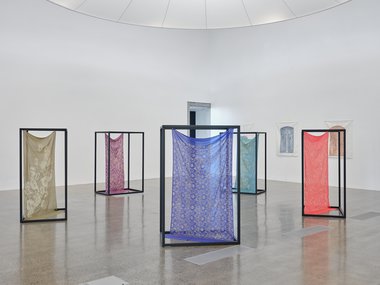
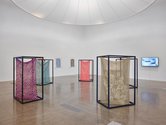
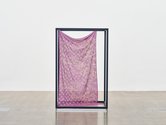
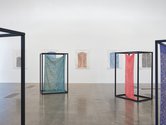
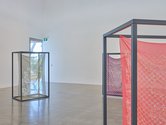
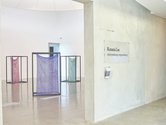

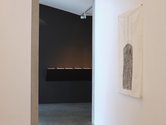


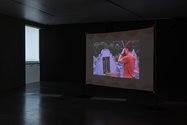
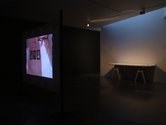
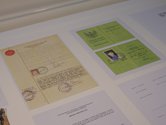
 Two Rooms presents a program of residencies and projects
Two Rooms presents a program of residencies and projects Advertising in this column
Advertising in this column



This Discussion has 0 comments.
Comment
Participate
Register to Participate.
Sign in
Sign in to an existing account.